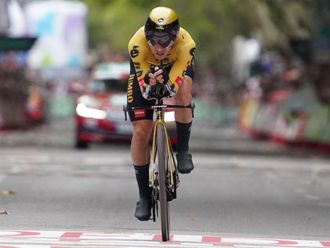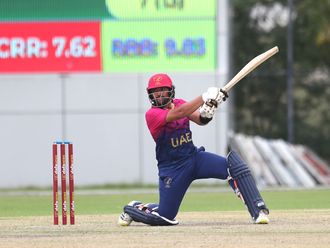La Roche-Sur-Yon: The normally clearly defined lines between land and sea will blend together during Saturday’s opening stage of the 105th Tour de France.
Crosswinds will likely be a factor, too.
The race begins in the Vendee department on the Atlantic Ocean, alongside a road — the Passage du Gois — that can be used only at low tide.
The 4.2-kilometre causeway spends most of each day covered by the sea. But when the waters recede it can be crossed for up to five hours.
The Tour was originally slated to ride over the Passage du Gois. But when race organisers decided to delay the start by a week so as not to overlap too much with the football World Cup, the schedule of tides no longer coincided with the racing hours. So the route will take the peloton over a neighbouring bridge instead.
Known for its salt marshes and the world’s most expensive potatoes, the area also lends it name to the Vendee Globe, a solo yacht race around the world that starts and ends in the Vendee.
The region was the site of a bloody uprising during the French Revolution, known as Wars of the Vendee.
Stage 1 is as flat as a pancake, running 201 kilometres from Noirmoutier-en-l’Ile to Fontenay-le-Comte. Crosswinds permitting, the first wearer of the yellow jersey should be decided in a mass sprint.
History
When the Tour traversed the Passage du Gois in Stage 2 in 1999, the slippery surface caused a mass crash that resulted in a six-minute split in the peloton. Overall favourite Alex Zulle, who was among those caught behind, would eventually finish second overall to Lance Armstrong as the American claimed his first Tour title. Armstrong later had all seven of his Tour titles revoked for doping.
It’s the third time in 13 years that the Tour will depart from the Vendee — after 2005 and 2011.
The Tour remains in the Vendee for Stage 2 on Sunday, another flat leg of 182.5 kilometres from Mouilleron-Saint-Germain to the department capital of La Roche-sur-Yon.











